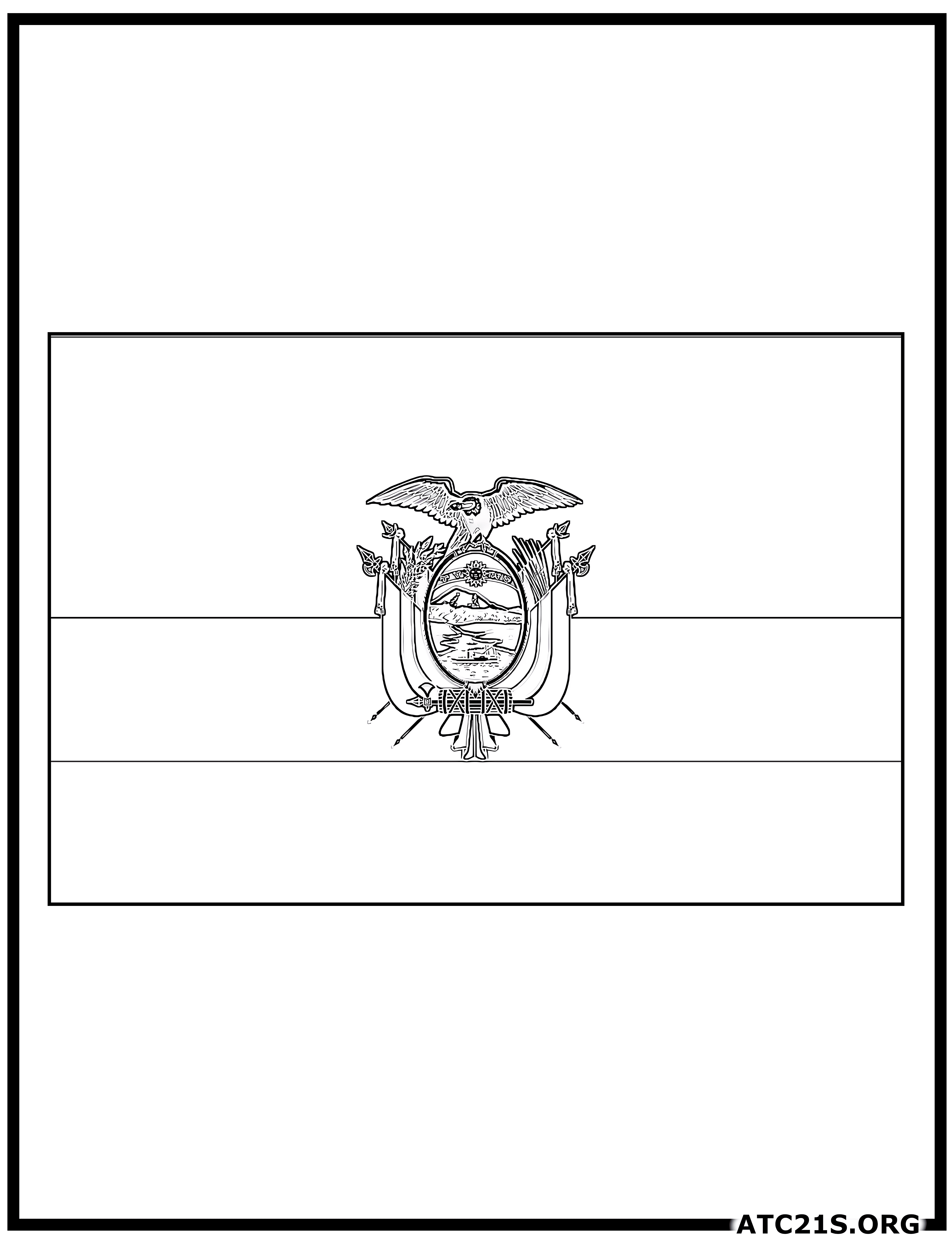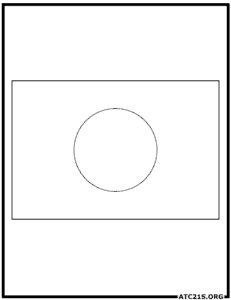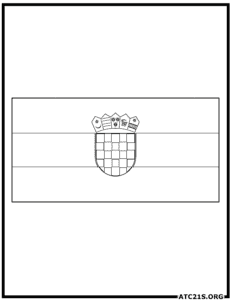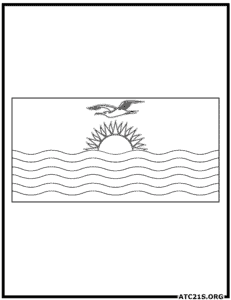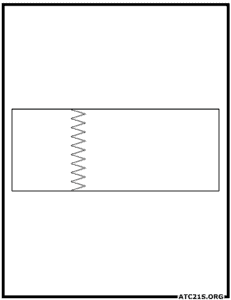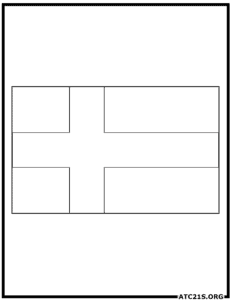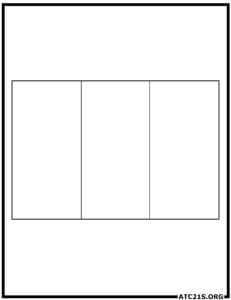Ecuador Flag Coloring Page Download
Ecuador Flag Description
The flag of Ecuador consists of three horizontal bands of yellow (top), blue, and red, with the national coat of arms on the left side of the yellow band. The flag has a ratio of 2:3, meaning that the width is twice the height.
The history of the Ecuadorian flag dates back to the early 19th century when Ecuador gained independence from Spain. The flag was first adopted on September 26, 1860, during the presidency of Gabriel Garcia Moreno. However, the design of the flag has undergone several modifications throughout history.
The yellow band represents the diversity of Ecuador’s natural resources and the abundance of sunlight. It also symbolizes the fertility of the land and the richness of the country’s agriculture. The blue band represents the ocean and the clear skies, signifying Ecuador’s location on the equator and its maritime heritage. The red band represents the bloodshed and sacrifices made by the people during the struggle for independence and the defense of their rights.
The coat of arms on the flag features several elements that represent Ecuador’s history, culture, and natural resources. It includes a condor, which is a national symbol of Ecuador and represents freedom and power. The condor holds a shield with the image of the Chimborazo volcano, which is the highest peak in Ecuador and represents the country’s natural beauty. The shield is divided into three sections, each representing a different region of Ecuador: the coast, the highlands, and the Amazon rainforest. The coat of arms is surrounded by palm and laurel branches, which symbolize victory and peace.
Over the years, there have been some variations in the design of the flag. In 1900, a variant of the flag was introduced with a different coat of arms, featuring a sun rising over the Chimborazo volcano. This design was used until 2009 when the current coat of arms was reinstated.
The flag of Ecuador holds great significance for the people of the country, representing their history, culture, and national identity. It is proudly displayed during national holidays, celebrations, and sporting events, serving as a symbol of unity and patriotism.

